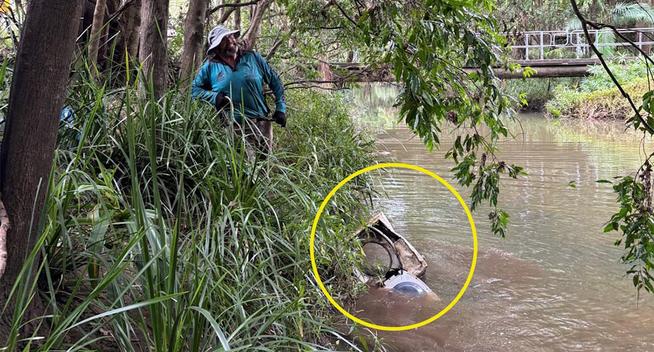Factors contributing directly to platypus (Ornithorhynchus anatinus) mortality and implications for conserving populations in the wild
" Based on details of more than 400 platypus deaths with an identifiable cause recorded since 1989,
five main factors contributed directly to platypus mortalities:
drowning in fish nets or enclosed crustacean traps (such as opera house traps),
being killed by predators (especially canids),
becoming accidentally hooked by recreational anglers who then cut the line,
becoming entangled in discarded fishing line or other types of litter and
being hit by motor vehicles
... Additional mortality factors included drought, severe flooding, being drawn into irrigation pumps and entrapment in manmade materials or infrastructure.
Disease was implicated as being the likely causal agent in two platypus deaths, including a female that died late in lactation.
Platypus mortalities were recorded throughout the year on the southeastern Australian mainland but peaked in early autumn, when many recently weaned juveniles are likely to be present. Given the very high number of platypus mortalities attributed to the use of fish nets or enclosed crustacean traps, their use should be banned in all waters where platypus population are known to occur. "
>>
Melody Serena et al., Factors contributing directly to platypus (Ornithorhynchus anatinus) mortality and implications for conserving populations in the wild
January 2025 Australian Mammalogy 47(1)
https://doi.org/10.1071/AM24032
#platypus #rivers #monotreme #wildlife #habitat #conservation #destruction #degradation #NSW #rivers #fishing #entanglement #traps #infrastructure #canids #cars #roads #RoadTrauma #mortality #extinction makers



